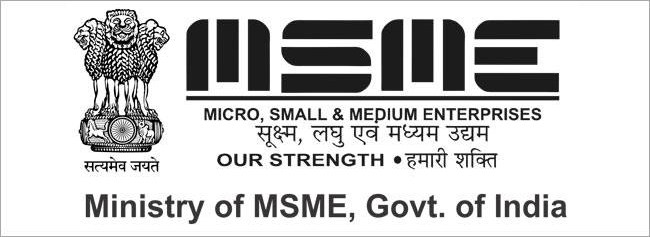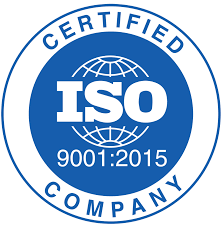RBI
Risk-Based Inspection
General
a) understanding the design premise;
b) planning the RBI assessment;
c) data and information collection;
d) identifying damage mechanisms and failure modes;
e) assessing probability of failure (POF);
f) assessing COF;
g) risk determination, assessment, and management;
h) risk management with inspection activities and process control;
i) other risk mitigation activities;
j) reassessment and updating;
k) roles, responsibilities, training, and qualifications;
l) documentation and recordkeeping.
RBI Benefits and Limitations
RBI plans should include cost-effective actions along with a
projected risk mitigation.
Implementation of these plans provides one of the following:
a) an overall reduction in risk for the facilities and equipment assessed,
b) an acceptance/understanding of the current risk.
RBI is based on sound, proven risk assessment and management principles. Nonetheless, RBI will not compensate
for:
c) inaccurate or missing information,
d) inadequate designs or faulty equipment installation,
e) operating outside the acceptable IOWs,
f) not effectively executing the plans,
g) lack of qualified personnel or teamwork,
h) lack of sound engineering or operational judgment.
Using RBI as a Continuous Improvement Tool
Utilization of RBI provides a vehicle for continuously improving the inspection of facilities and systematically reducing
the risk associated with pressure boundary failures. As new data (such as inspection results and industry experiences
with similar processes) becomes available or when changes occur (e.g. operating conditions), reassessment of the
RBI program can be made that will provide a refreshed view of the risks. Risk management plans should then be
adjusted appropriately.
RBI as an Integrated Management Tool
RBI is a risk assessment and management tool that addresses an area of risk management not completely
addressed in other organizational risk management efforts such as process hazards analyses (PHA), IOWs or
reliability centered maintenance (RCM). Integration of these risk management efforts, including RBI, is key to the
success of a risk management program.
Scope
Industry Scope
Although the risk management principles and concepts that RBI is built on are universally applicable, this RP is
specifically targeted at the application of RBI in the hydrocarbon and chemical process industry.
Flexibility in Application
Because of the broad diversity in organizations’ size, culture, federal and/or local regulatory requirements, this RP
offers users the flexibility to apply the RBI methodology within the context of existing corporate risk management
practices and to accommodate unique local circumstances.
Mechanical Integrity Focused
The RBI process is focused on maintaining the mechanical integrity of pressure equipment items and minimizing the
risk of loss of containment due to deterioration. RBI is not a substitute for a PHA or hazard and operability
assessment (HAZOP).
Equipment Covered
a) Pressure Vessels—All pressure containing components.
b) Process Piping—Pipe and piping components.
c) Storage Tanks—Atmospheric and pressurized.
d) Rotating Equipment—Pressure containing components.
e) Boilers and Heaters—Pressurized components.
f) Heat exchangers (shells, floating heads, channels, and bundles).
g) Pressure-relief devices.
Equipment Not Covered
a) instrument and control systems,
b) electrical systems,
c) structural systems,
d) machinery components (except pump and compressor casings).
Target Audience
The primary audience for this RP is inspection and engineering personnel who are responsible for the mechanical
integrity and operability of equipment covered by this RP. However, while an organization’s inspection/materials
engineering group may champion the RBI initiative, RBI is not exclusively an inspection activity.




